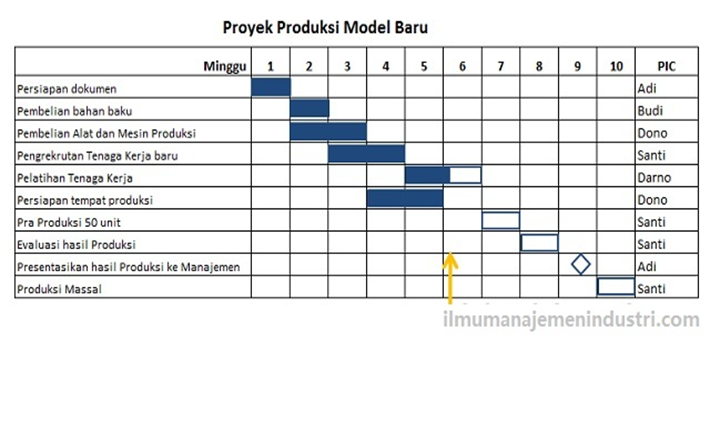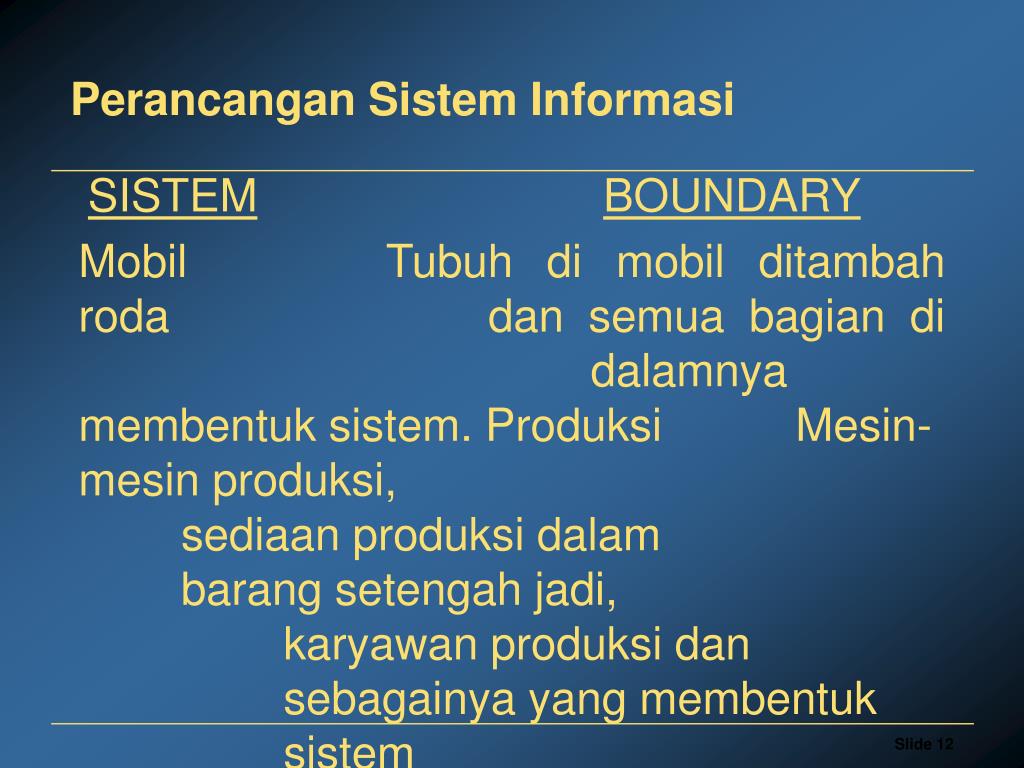

The low ratio of value-added in the level of collectors were owing to the absence of significant transformation onto the shallot. Value-added ratio of the industry was 53.75%, farmer was 46,06%, first collector was 8.88% and second collector was 5.39%. Analysis on the supply chain performance showed those classified as below average were farmer (75.38%), first collector (74.43%), and industry (74.79%), whereas the second collector had an above average performance (91.97%). The identification of supply chain structure revealed the actors were farmers, collectors 1, collectors 2 and industry, while the business process occurred was pull-push. The shallot agroindustry supply chain involved several actors in it. The business model was designed using the modified business canvas model by Qastharin (2016) while the strategies for the improvements were formulated using ANP-BOCR method. HOR (House of Risk) was used to identify and mitigate the risk. Hayami method was used to analyze the value-added. The measurement of supply chain performance employed SCOR-AHP method. The identification of four basic elements in supply chain mechanism followed Vorst (2006). This research aims (1) to identify the mechanism and performance of shallot supply chain (2) to measure the value-added of supply chain actors (3) to identify and mitigate the risk in shallot supply chain (4) to formulate the social enterprise business model and (5) to formulate the strategy to improve the performance, value-added, and risk mitigation of shallot supply chain.

This situation may affect the performance of the supply chain in fulfilling the demand and thus will influence the sustainability of the whole supply chain system of shallot agroindustry. The farmers have the highest risk in their activities while having the least benefit. The distribution of risk and the value-added is not well-balanced amongst the supply chain actors.

The supply chain of shallot agroindustry is in a critical situation.


 0 kommentar(er)
0 kommentar(er)
